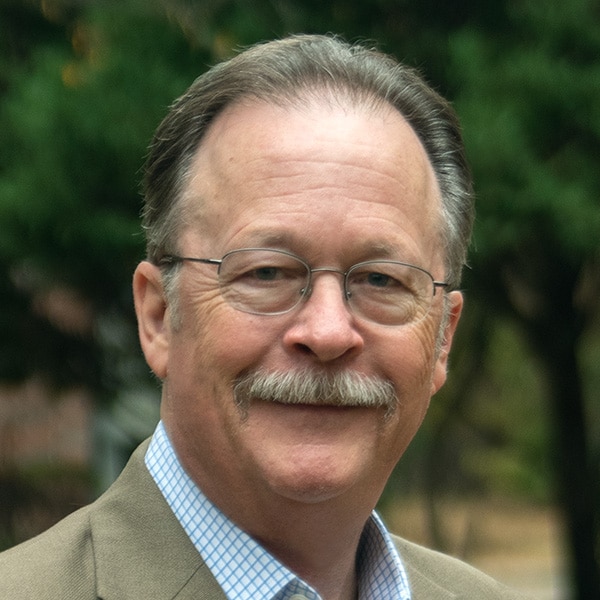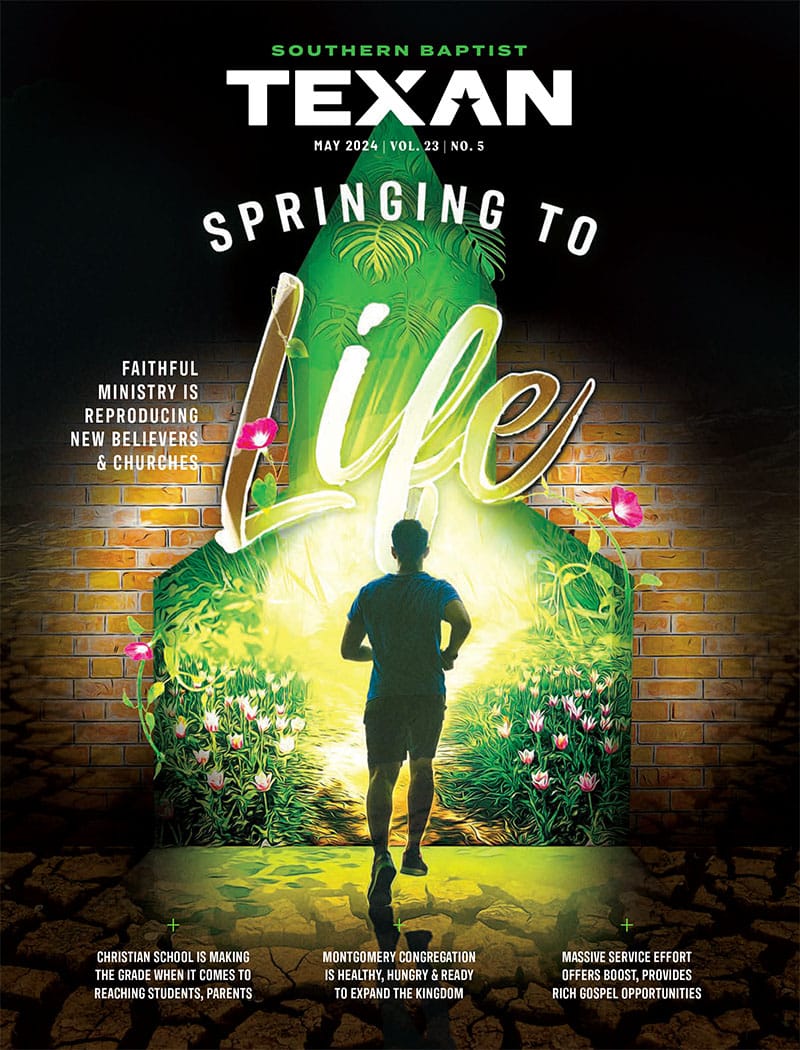Twenty years ago, June 14, I sat with thousands of fellow Baptists, including my family, in the convention center in Orlando, joining them all in doing something more historic than anything we’d done in the previous 20 years. Our kids were with us because we promised them a beach trip, but they listened intently as the convention rehearsed the debate that had run, sometimes raged, since 1979. They heard with new ears as pastors and a denominational leader (from Texas) challenged the Baptist Faith and Message Study Committee’s report on the issue of biblical authority. The naïve outrage of my children reminded me of my own when as a student at Southwestern between 1978 and 1981 I heard similar comments from denominational employees, my professors. The accountability and fidelity signaled by affirming a clearly inerrantist statement of faith is the difference between then, 1978, and now.
Sometimes you can track a church’s history of conflict by looking at the detailed and odd elements in their bylaws. Something happens and the church leadership adds a bylaw to ensure that this exact mistake is never repeated. Though not pasted together like some church documents I’ve seen, the Baptist Faith and Message 2000 can reveal to a discerning eye the times in which it was written. If you’re tempted to say, “Sure, the SBC has always been pro-life and affirmed the plain truth of Scripture,” ask why those things are emphasized in the new confession. While Southern Baptists and their churches did indeed believe the Bible to be inerrant during their entire history, and while nearly all of us found abortion on demand repugnant on first hearing of it, those who taught our pastors and represented us in the larger culture did not uniformly agree with us. The BF&M was never an effort to make churches walk in lockstep with their employed leadership. It was a demand that those leaders believe and teach as the churches believe and teach. Making that demand and its particulars unmistakably clear is a difference between then, 2000, and now.
In a way I envy students who never heard pro-abortion profs teaching at Russell Dilday’s Southwestern or Roy Honeycutt’s Southern, or a process theologian teaching at Milton Ferguson’s Midwestern. Today’s leaders are blessed if they did not see the struggle and rancor that ran with a Baptist family feud, especially during the hottest years between 1984 and 1992. But those of us who did also can think in fast-forward collage of the changes: the first prolife SBC resolution after abortion became law in 1973, a prolife president elected at the Christian Life Commission and the final SBC seminary to hire—as recent as 1995—an inerrantist president. A million hours of work and prayer and a thousand broken friendships are behind the high points leading to 2000.
The BF&M 2000 codified the reforms of the Conservative Resurgence, and our 12 SBC entities have affirmed them as representing the basic beliefs of the churches they serve. This was a new thing and necessary.
It’s not hard to imagine an SBC unwilling to pass a biblical statement of faith. Denominations from the Cooperative Baptist Fellowship to the United Methodists have been embroiled with controversies clearly covered by the BF&M 2000 in Article I, “On the Scriptures.” Churches and groups of churches unwilling to say “this, and not that” are failing for obvious reasons. The schools supported by those denominations are declining and closing (Baptist Theological Seminary at Richmond and Logsdon Seminary at Hardin-Simmons come to mind); they really answer no questions not already answered by the liberal arts colleges at state schools. Our schools are saying, in affirming the BF&M 2000, that the God who knows everything has spoken and they will teach what he has said. Some of the pre-2000 SBC professors I knew did not teach that God has spoken because they doubted it.
On this 20th anniversary, I’m grateful for Adrian Rogers and the committee he chaired for presenting to the convention a document that unifies those who remain with the SBC (some left because they disagreed with us theologically). The statement defines the gospel we preach and the reasons we cooperate. It has been clarifying to those inside and outside the convention, the impetus for some churches formerly outside the convention to join us.
I’m grateful today for Danny Akin, Jason Allen, Paul Chitwood, Jamie Dew, Kevin Ezell, Ronnie Floyd, Adam Greenway, O.S. Hawkins, Jeff Iorg, Ben Mandrell, Albert Mohler and Russell Moore. These leaders of our SBC entities (most of them the second or third inerrantist presidents since 1988) are diverse in some ways but they are united in the beliefs and mission of Southern Baptists. I do not need to agree with them every time they speak in order to trust them to seek the leadership of God and rightly handle his written Word. There is more to the job they’ve been given but there can never again be less. Their sincere commitment to our statement of faith makes them trustworthy in the basic commitment denominational leaders must make to Southern Baptist churches.
Take a minute to read the BF&M 2000 (which is also the statement of faith for the SBTC) this month. You can find it at sbc.net under “about.” You’ll learn or be reminded of the things we can currently assume about those who lead our worldwide mission. Be grateful.














